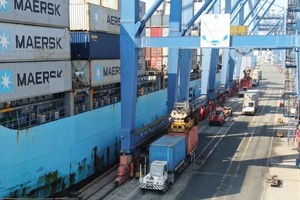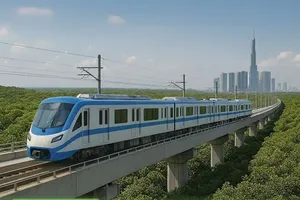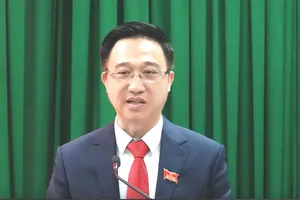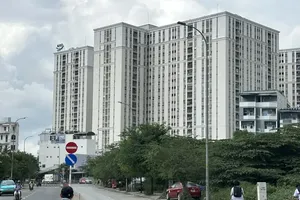On the afternoon of October 16, the Ho Chi Minh City Department of Construction announced that it had submitted a detailed implementation plan for component 2 of the project with a focus of upgrading and expanding National Highway 13, the section from Binh Trieu Bridge to the former Binh Duong provincial boundary.
The project will be invested under a public-private partnership (PPP) model, using a build–operate–transfer (BOT) contract.
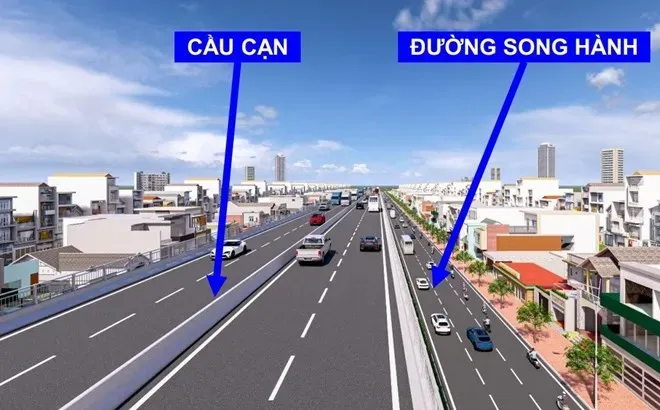
According to the plan, the Ho Chi Minh City People’s Committee has assigned the municipal Department of Construction to take the lead and coordinate with relevant units during implementation. If any difficulties or obstacles arise beyond its authority, the department must promptly report to the Ho Chi Minh City People’s Committee for review and guidance.
Upon completion, the project is expected to enhance traffic capacity along the city’s eastern gateway, help reduce congestion and promote socio-economic development.
The Ho Chi Minh City Department of Construction indicated that the upgrade and expansion of National Highway 13 is divided into two components with specific implementation periods.
Component 1 will handle procedures related to compensation, support, resettlement and relocation of technical infrastructure, and is scheduled to be completed in the first quarter of 2026. Meanwhile, its component 2, which is set to be invested under a BOT contract, will complete all necessary procedures by September 2026, select investors, and sign the PPP contract in October 2026.
Construction will begin in December 2026, with completion and operation expected in 2028.
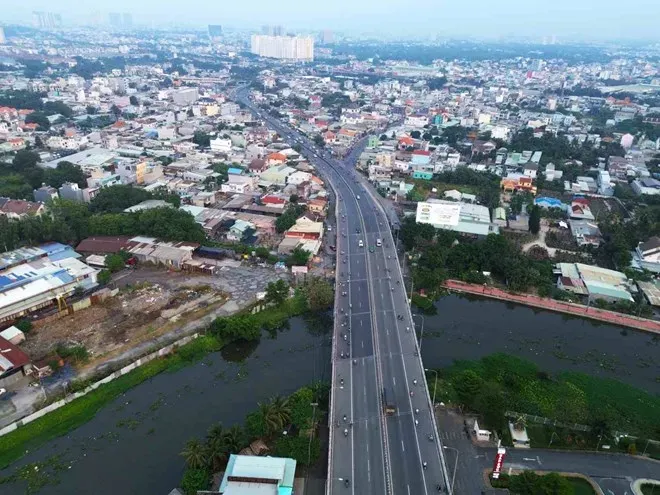
The total estimated investment for the entire project is approximately VND20,900.86 billion (US$794 million). Of which component 1 accounts for VND14,619.33 billion (US$555 million) using Ho Chi Minh City’s budget, and component 2 accounts for VND6,281.52 billion (US$238 million), to be carried out by the investor under the BOT model.



